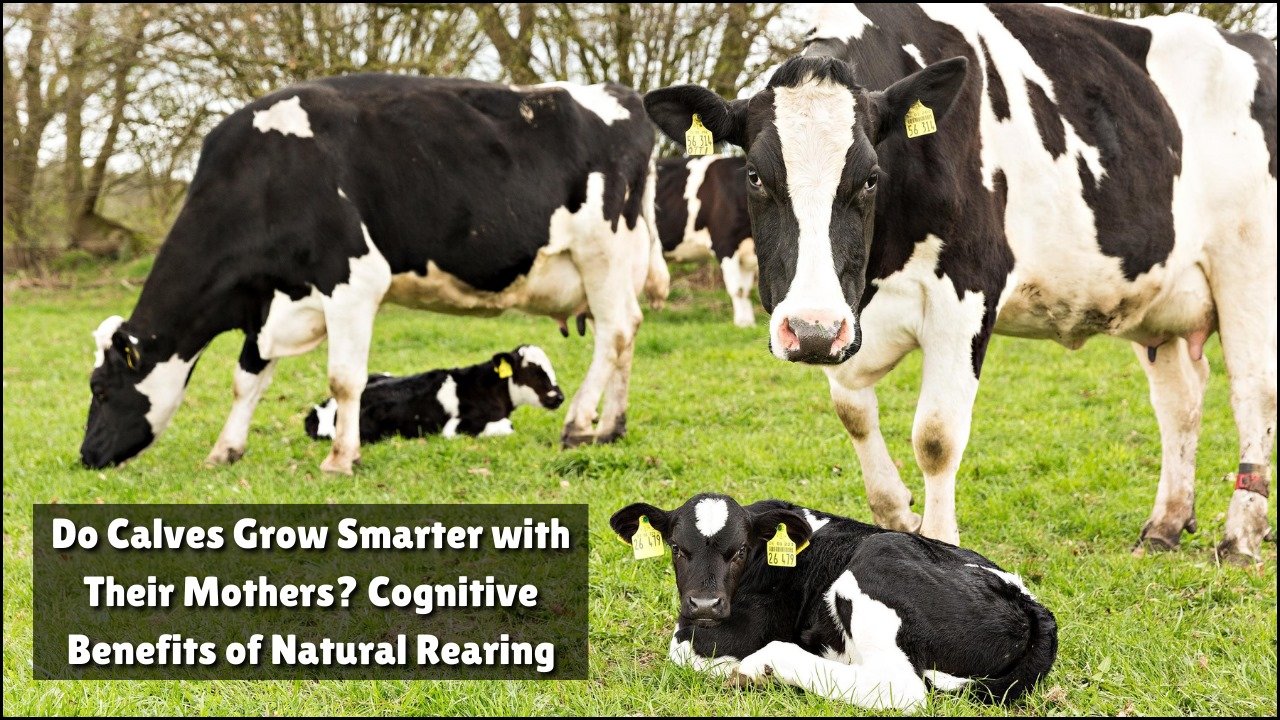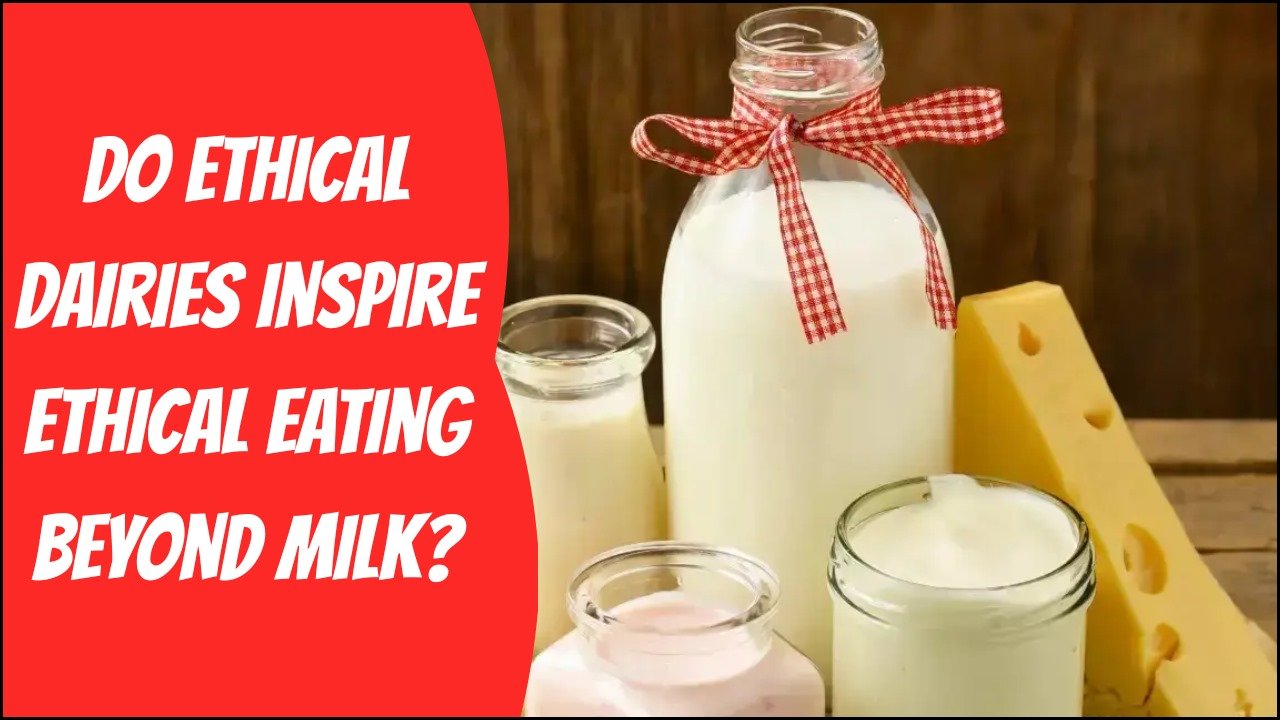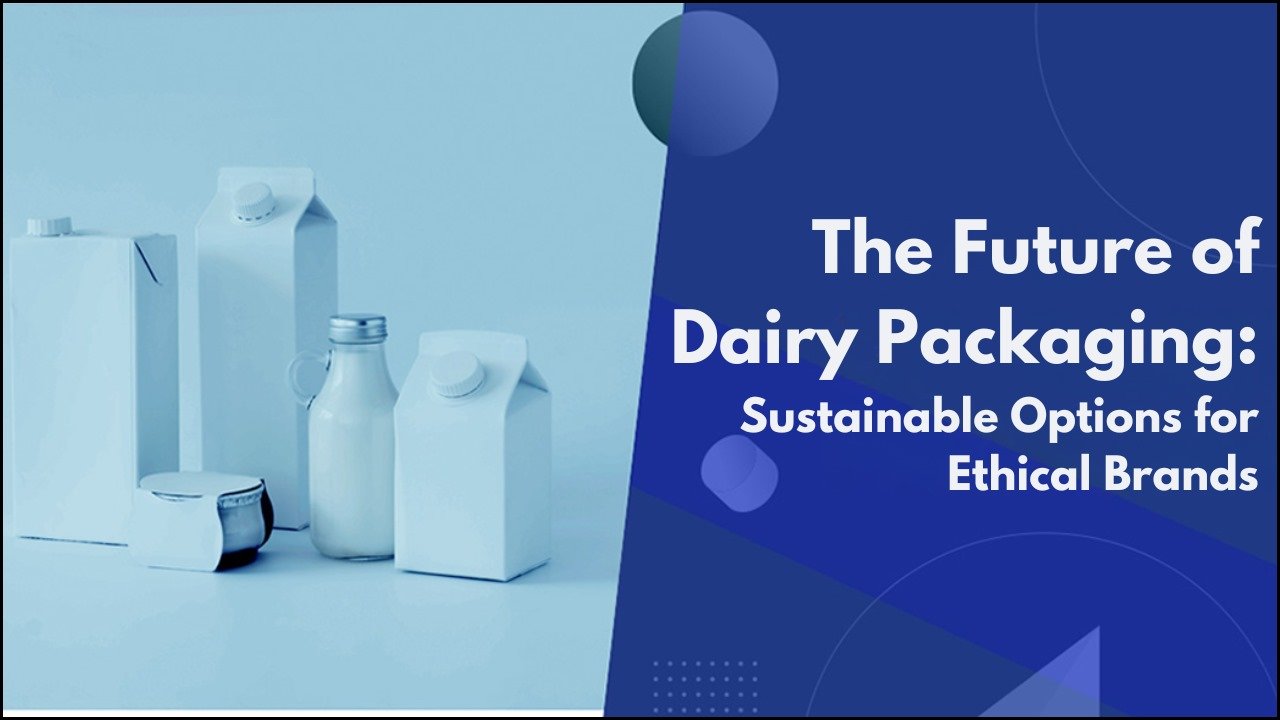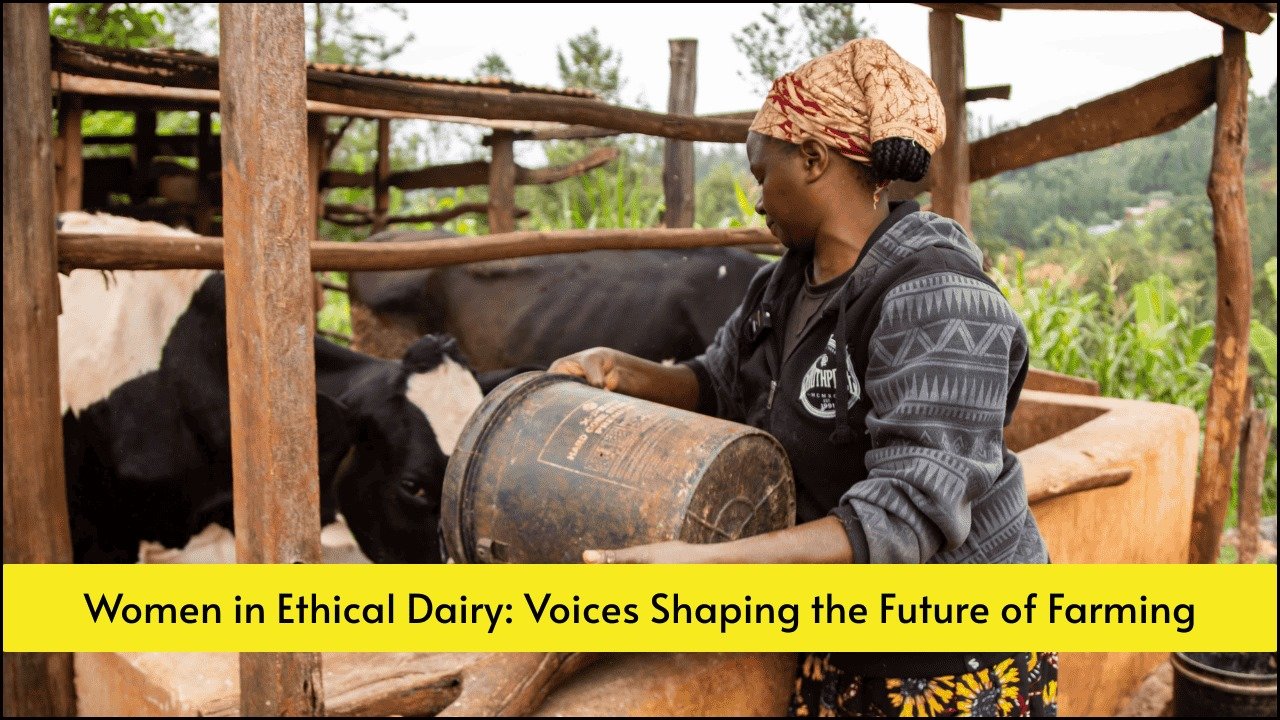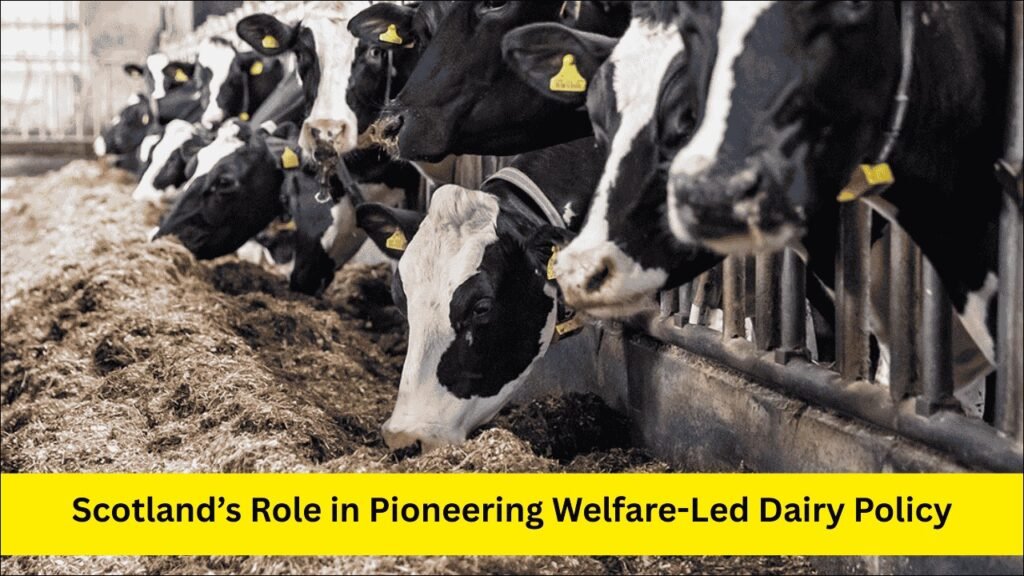
Scotland is poised to take a leading role in shaping the future of dairy farming, with an emphasis on welfare-led practices that could set global benchmarks. By prioritising animal well-being alongside sustainable production, the country has the potential to influence industry standards worldwide.
Table of Contents
Shifting Dairy Farming Priorities
In recent years, global consumers have become increasingly concerned about animal welfare in food production. This shift is prompting policymakers and producers to rethink traditional methods. In Scotland, dairy farms are exploring systems such as cow-with-calf rearing, where calves stay with their mothers for longer periods. This approach aligns with ethical farming principles while offering potential productivity and health benefits.
These welfare-first strategies aim to balance high-quality milk production with improved living conditions for animals. The result is a model that benefits not only the livestock but also the farmers, communities, and markets they serve.
Overview
| Aspect | Current Situation | Welfare-Led Potential | Key Impact |
|---|---|---|---|
| Animal Welfare | Traditional separation of cow and calf shortly after birth | Extended cow-calf bonding | Improved animal well-being |
| Market Value | Competitive pricing based on quality | Premium pricing for ethical production | Higher income for farmers |
| Policy Support | Limited welfare-specific incentives | Dedicated funding and guidelines | Faster adoption of new systems |
| Global Influence | Known for quality dairy | Model for ethical dairy practices | Increased international recognition |
| Farmer Engagement | Mixed adoption of welfare measures | Broad training and support networks | Stronger farmer satisfaction |
Why Scotland is Well-Positioned
Scotland’s agricultural sector already enjoys a strong reputation for quality produce and traceable supply chains. The country’s combination of supportive government policy, innovative farmers, and consumer interest in ethical dairy provides fertile ground for welfare-led initiatives.
Key strengths include:
- Government incentives for sustainable and ethical farming.
- Strong research infrastructure through universities and agricultural institutes.
- High consumer demand for responsibly produced dairy products.
With these factors in place, Scotland can serve as a blueprint for other countries aiming to modernise dairy policy.
Economic and Market Opportunities
Embracing welfare-focused dairy production could give Scottish farmers a competitive edge in premium markets. International buyers increasingly value ethically sourced dairy, meaning higher prices for milk and dairy products. Certification schemes and branding that highlight animal welfare could open doors to new export opportunities.
Furthermore, this approach can help build public trust in the dairy sector, fostering stronger domestic markets and consumer loyalty.
Challenges in Implementation
Transitioning to welfare-led systems is not without its difficulties. Farmers face potential short-term production losses during system changes, as well as increased costs for infrastructure, labour, and training. Additionally, policy changes must balance farmer livelihoods with welfare targets to ensure long-term viability.
However, these challenges can be mitigated through:
- Financial support packages for farmers adopting new systems.
- Training programmes to share best practices.
- Collaborative research between farmers and scientists to refine methods.
Global Benchmark Potential
If Scotland successfully implements welfare-led dairy policies at scale, it could influence global industry standards. Other countries looking to balance productivity with ethics could adopt similar models, using Scotland’s data and experiences as a guide.
By combining scientific research, farmer input, and policy support, Scotland could prove that profitability and welfare can coexist—setting a precedent for the future of sustainable dairy farming.
FAQs
Q1: What makes Scotland suitable for welfare-led dairy farming?
A = Scotland has strong policy support, research institutions, and a consumer market that values ethical production, making it an ideal place to pioneer such systems.
Q2: How could this approach benefit farmers financially?
A = By targeting premium markets and building consumer trust, welfare-led dairy farming can increase the market value of milk and dairy products.
Q3: Are there risks in adopting welfare-focused systems?
A = Yes, initial costs and potential short-term yield reductions are possible, but these can be offset by long-term market gains and government support.


